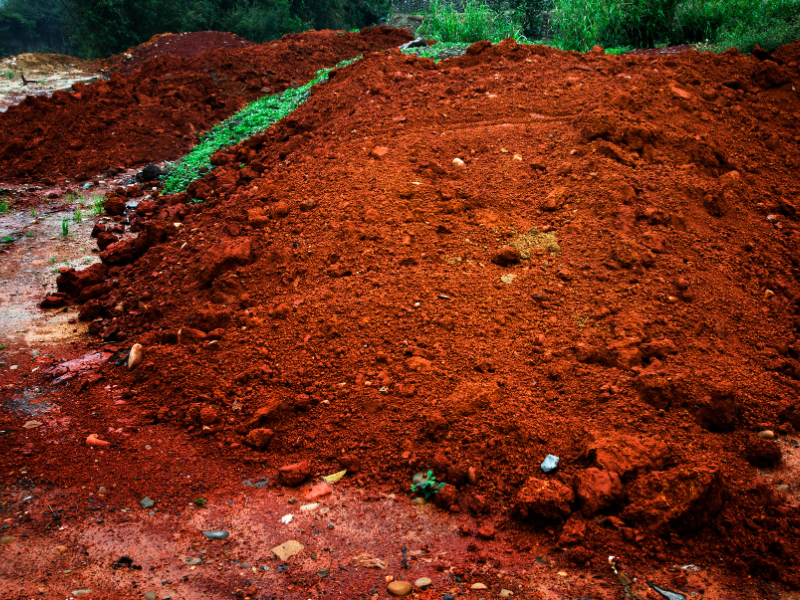The research team at Max-Planck-Institut für Eisenforschung (Germany) has successfully developed a groundbreaking method to convert red mud, a byproduct of the aluminum industry, into high-purity iron. This method not only addresses the waste issue from aluminum production but also brings numerous environmental and economic benefits.

Research Details:
The aluminum industry generates approximately 180 million tons of bauxite residue, also known as red mud, annually. This material is highly corrosive and contains hazardous heavy metals. The recent study published in the Nature journal outlines the process of melting red mud in a plasma electric furnace with hydro-containing plasma. This technique takes only 10 minutes and produces highly pure iron, directly applicable to steel production.
If widely adopted, this method has the potential to reduce nearly 1.5 billion tons of CO2 emissions from global iron production. Beyond carbon reduction, the approach also “disables” the initially toxic heavy metals present in red mud.
Global Impact:
The research indicates that the new method not only addresses environmental concerns related to aluminum waste but also aids in reducing carbon emissions from the steel industry. With steel and aluminum demand expected to increase by 60% by 2050, this represents a significant contribution to sustainability and minimizing negative impacts on the environment.
Future Prospects:

This method not only produces pure iron but also yields non-corrosive metal oxides suitable for construction. The study also discusses the potential for recycling precious metals from production byproducts, offering positive prospects for material reuse and waste reduction.
The research from Max-Planck-Institut für Eisenforschung marks a crucial step in developing environmentally friendly iron production methods. It serves as a key to simultaneously addressing aluminum waste issues and reducing carbon emissions from the steel industry. This opens up significant possibilities for achieving global sustainability goals and environmental protection.
Note: This article utilizes information, images from New Atlas, Nature and Depositphotos.





You actually make it seem really easy together with your
presentation but I in finding this topic to be actually something that I feel I’d never understand.
It sort of feels too complex and very broad for me. I am looking forward in your next publish,
I’ll attempt to get the cling of it!
Woah! I’m really digging the template/theme of
this site. It’s simple, yet effective. A lot of times it’s hard
to get that “perfect balance” between user friendliness and appearance.
I must say that you’ve done a superb job with this.
Also, the blog loads extremely quick for me on Safari.
Excellent Blog!
Here is my blog post: web page
Thanks for sharing. I read many of your blog posts, cool, your blog is very good.